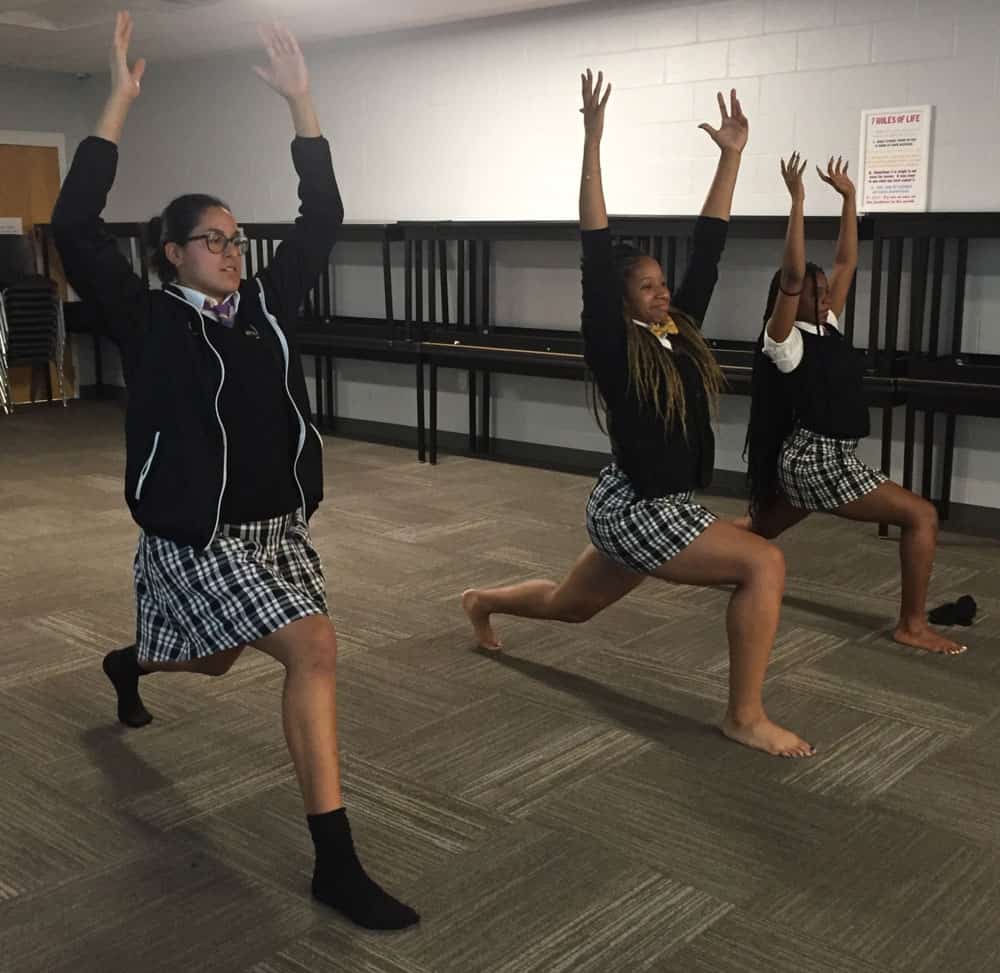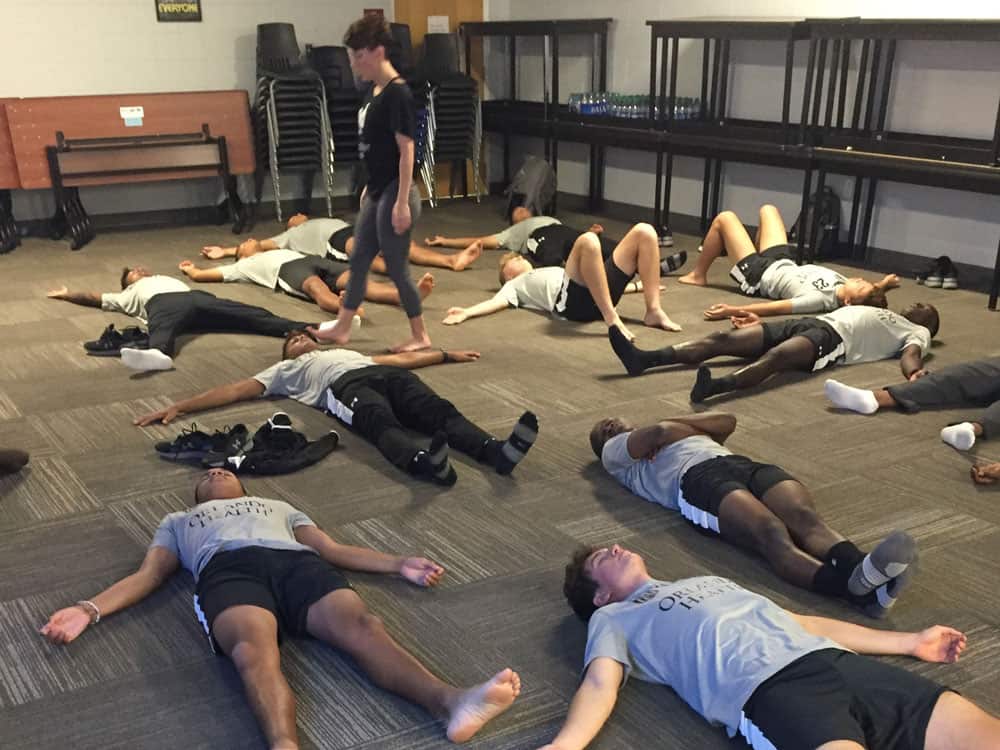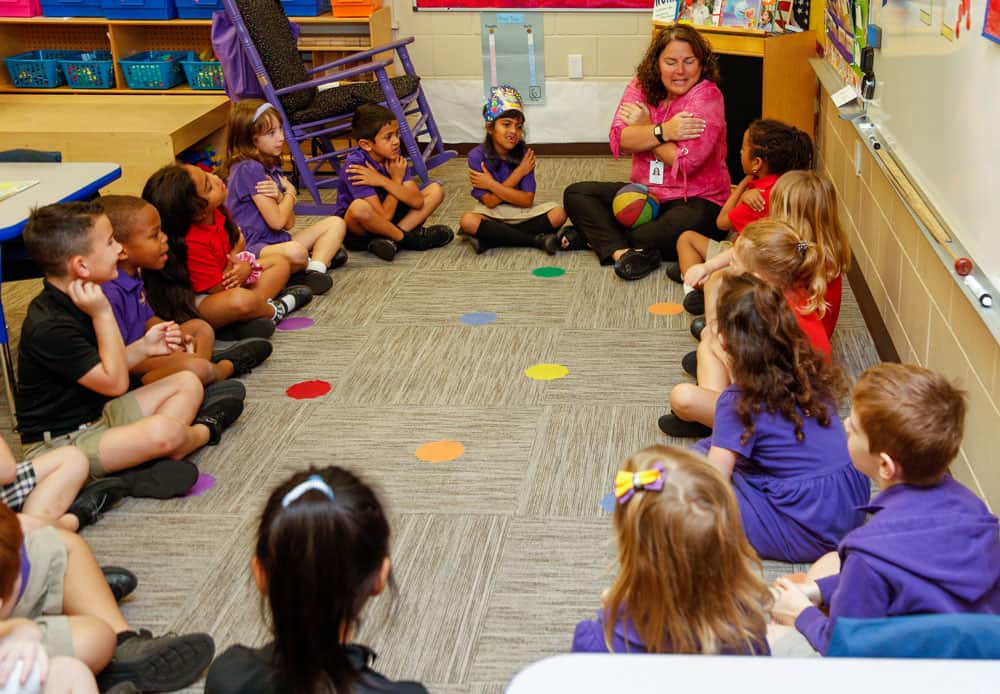Stress is common and in today’s climate of COVID-19, social distancing, wearing masks, and major changes to routines—and everyone is feeling the effects of stress. Studies have shown that stress can interfere with our ability to focus, impact sleep and appetite, and lower our immunity, a key factor in being and staying healthy. School counselors in the Lower, Middle, and Upper School at Montverde Academy use a variety of methods to help students of every age manage stress.

Stress-Reducing Activities
The simple, effective stress relief techniques of practicing mindfulness, yoga, and breathing provide students with tools to help themselves. The benefits that these practices provide are improved attention, emotional regulation, greater compassion, and most importantly, reduction of stress and anxiety. By understanding how the brain reacts to emotions and situations, students can better control and manage their emotions for positive outcomes.
Yoga helps to achieve mindfulness, encouraging non-judgmental thoughts, and focus on being in the moment. For students, this means not worrying about the upcoming test or game that was lost but focusing on breathing in and out, noticing how the body feels, and calming the mind’s thoughts to be fully present in the moment. While some students may be intimidated about getting on the floor and closing their eyes, at the end of the session they reap the benefits of feeling relaxed but energized.

How to Recover When You Feel Overwhelmed by Stress
Another effective de-stressing activity is 5-4-3-2-1 technique, which uses five simple steps to reduce symptoms and significantly help manage stress at any age. It starts with deep breathing. Breathe in for five seconds, hold the breath for five seconds, and exhale for five seconds. Continue this pattern until thoughts are slowing down.
Once you find your breath, do the countdown to help focus what is present through noticing external surroundings:
- Name FIVE things you see – Notice the bird and its colored feathers, the pencil with a dull point, a funny-shaped spot on the wall—big or small, call out or mentally note five things you see.
- Name FOUR things you can physically touch around you – Your hair, the grass, a pet’s fur, a fuzzy pillow, whatever is in your reach—list four things you can touch
- Name THREE things that you can hear – Listen to the ticking clock, a car driving by, a dog barking, or the radio playing music—list three things you hear
- Name TWO things you can smell – Walk to the kitchen or outside to find a variety of scents—make note of two smells, good and bad
- Name ONE thing you can taste – Taste the toothpaste, the crisp apple, or the juice from a snack and focus on the sweet or salty flavor, cold or hot, crunchy or smooth—list one thing as the last step
Try these simple tips to focus on the present and reduce stress.






